Search
Search Results

Definition
Woolly Mammoth
The woolly mammoth, Mammuthus primigenius, is an extinct herbivore related to elephants who trudged across the steppe-tundras of Eurasia and North America from around 300,000 years ago until their numbers seriously dropped from around 11,000...

Definition
Homo Floresiensis
Homo floresiensis, nicknamed 'hobbit' because it only stood about 1 meter tall, is an extinct species of fossil human that lived on the island of Flores, Indonesia during the Pleistocene. Floresiensis is still shrouded in a fair bit of mystery...
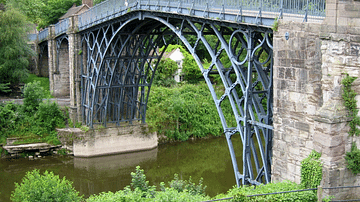
Image
Shropshire Iron Bridge
The world's first cast iron bridge, built across the River Severn in Shropshire, England by Abraham Darby III (1750-89). It was completed in 1779 and opened to the public on New Year's Day, 1781. The design had to be a single-span arch to...
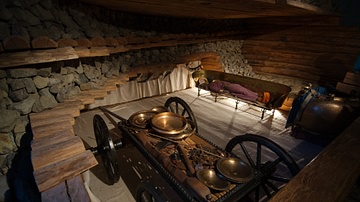
Image
Reconstruction of the Hochdorf Chieftain's Grave
A reconstruction of an Iron Age grave from Hochdorf an der Enz in Baden-Württemberg, Germany. This burial mound is associated with the Hallstatt Culture, and the man interred is believed to have been a Celtic "prince" or chieftain. The grave...
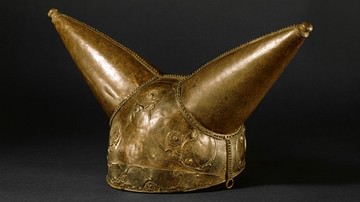
Image
Waterloo Helmet
The "Waterloo Helmet" is an example of a ceremonial horned helmet from Celtic La Tene culture. The helmet was originally decorated with pieces of red glass, and would have been even more visually striking when it was made. It is impractical...
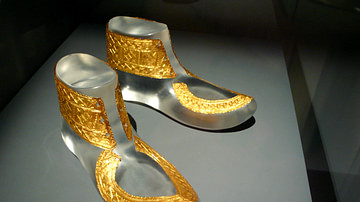
Image
Golden Shoes of Hochdorf
A pair of thin, embossed gold coverings, which decorated the shoes of the chieftain buried at Hochdorf around 530 BCE. Bern Historical Museum, Switzerland. The burial mound at Hochdorf is associated with the Hallstatt Culture and is...
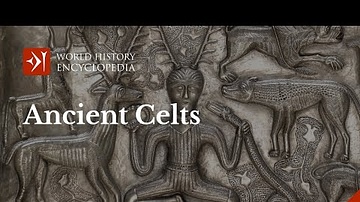
Video
Ancient Celtic History, Origin and Culture
The Ancient Celtic people were never a unified empire, but were individual and complex tribes that shared the Celtic language, and through the trade of goods and ideas, shared similarities in art, warfare, religion and burial practices. The...
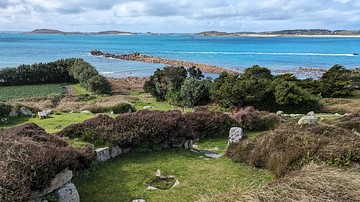
Image
Halangy Down Village House
Photograph of one of the houses found in the Halangy Down Village, on St. Mary's in the Isles of Scilly. It is an Iron Age, Romano-British and early Medieval settlement that was inhabited roughly from 300 BCE to 600 CE. Many of the village's...
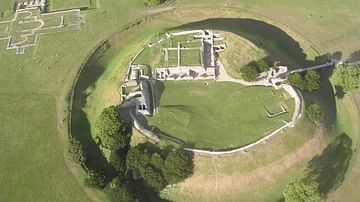
Image
Old Sarum, Wiltshire
An aerial view of Old Sarum, Wiltshire, England. The earthwork fortifications and the foundations of William the Conqueror's (r. 1066-1087 CE) Norman cathedral are still clearly visible today within this Iron Age hill fort.
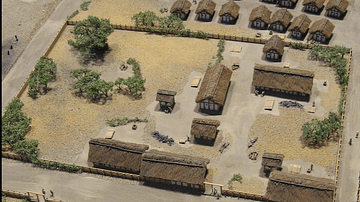
Image
Manching Oppidum Reconstruction
A reconstruction of the inhabited area of the Manching Iron Age oppidum (hilltop fort) in Bavaria, Germany. The site was inhabited from the 3rd to 1st century BCE. (Keltenmuseum Manching)